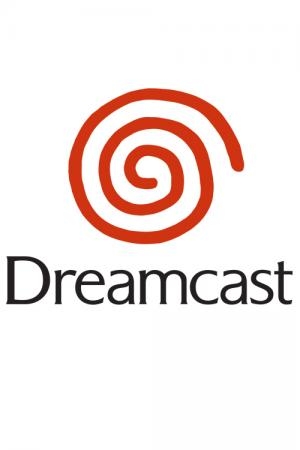
Sega Dreamcast
Sega Dreamcast Specifications
| Manufacturer: | Sega |
| Developer: | Sega |
| CPU: | 200 MHz Hitachi SH4 RISC |
| Memory: | RAM 16 MB, VRAM 8 MB |
| Graphics: | 100 MHz PowerVR2 CLX2 |
| Sound: | Yamaha AICA Sound Processor with a 32-Bit ARM7 RISC CPU |
| Medium: | Disc |
| Display: | 640 × 480 |
| Controllers: | 4 |
The Dreamcast is a 128-bit video game console which was released by Sega in late 1998 in Japan and from September 1999 in other territories. It was the first entry in the sixth generation of video game consoles, preceding Sony's PlayStation 2, Microsoft's Xbox and the Nintendo GameCube.
Dreamcast sales were positive during launch, but because of the strong pressure from rival PlayStation 2, Dreamcast sales decreased, and Sega finally discontinued the Dreamcast in March 2001 and withdrew entirely from the console hardware business, making it the company's final console.
The Dreamcast had a variety of popular games, including Sonic Adventure, Crazy Taxi, and Shenmue, among others. The Dreamcast is still fondly remembered by many gamers for its innovative features and unique library of games.
An internal Sega team led by Hideki Sato began developing the Dreamcast in 1997. In contrast to the expensive hardware of the unsuccessful Saturn, the Dreamcast was designed to reduce costs with off-the-shelf components, including a Hitachi SH-4 CPU and an NEC PowerVR2 GPU. Sega used the GD-ROM media format to avoid the expenses of DVD-ROM technology. Developers were able to include a custom version of the Windows CE operating system on game discs to make porting PC games easy, and Sega's NAOMI arcade system board allowed nearly identical conversions of arcade games. The Dreamcast was the first console to include a built-in modular modem for internet access and online play.
Though its Japanese release was beset by supply problems, the Dreamcast had a successful US launch backed by a large marketing campaign. However, sales steadily declined as Sony built anticipation for the PlayStation 2. Dreamcast sales did not meet Sega's expectations, and attempts to renew interest through price cuts caused significant financial losses. After a change in leadership, Sega discontinued the Dreamcast on March 31, 2001, withdrew from the console business, and restructured itself as a third-party developer. 9.13 million Dreamcast units were sold worldwide and over 600 games were produced. Its bestselling game, Sonic Adventure (1998)—the first 3D game in Sega's Sonic the Hedgehog series—sold 2.5 million copies.
The Dreamcast's commercial failure has been attributed to a variety of factors, including competition from the PlayStation 2, limited third-party support, and the earlier failures of the 32X and Saturn having tarnished Sega's reputation. In retrospect, reviewers have celebrated the Dreamcast as one of the greatest consoles. It is considered ahead of its time for pioneering concepts such as online play and downloadable content. Many Dreamcast games are regarded as innovative, including Sonic Adventure, Crazy Taxi (1999), Shenmue (1999), Jet Set Radio (2000), and Phantasy Star Online (2000). The console remains popular in the video game homebrew community, which has developed private servers to preserve its online functions and unofficial Dreamcast software.
Latest on Sega Dreamcast
![240p Test Suite [VGNYsoft Edition]](https://m1.videogamemeta.com/240p-test-suite-vgnysoft-edition-sega-dreamcast-fct.jpg)
240p Test Suite [VGNYsoft Edition]
Hello, game lovers do you like to play games? Let's check out the 240P TEST SUITE Sega Dreamcast, an essential tool for retro gaming enthusiasts and S...
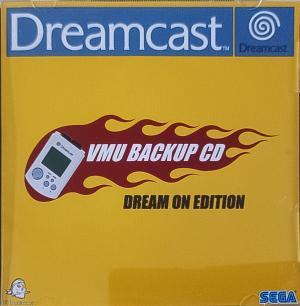
VMU Backup CD
A collection of +3200 vmu saves for over 350 DC games. Everything is packed with this pretty neat VMU app that Bucanero coded specially for this disc,...
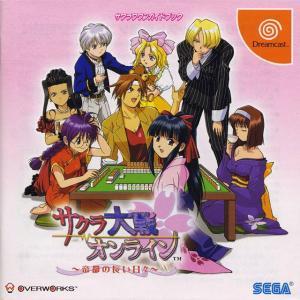
Sakura Taisen Online Teito no Yuugana Hibi
Sakura Taisen Online (サクラ大戦オンライン) is Sega Dreamcast game based on the Sakura Taisen franchise, and was released in 2001. It is effectively a set of Sa...
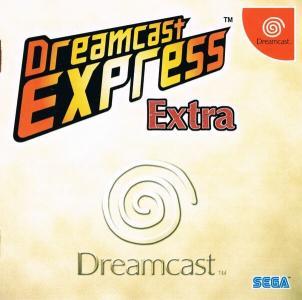
Dreamcast Express Extra
Dreamcast Express Extra (ドリームキャスト エクスプレス エクストラ) is a Japanese Sega Dreamcast demo disc released as part of the Dreamcast Express series.
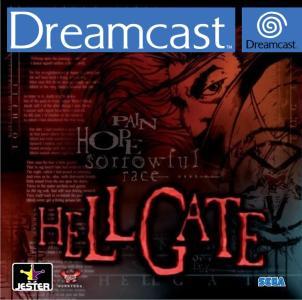
Hell Gate
Hellgate is an unreleased third-person vehicular shooter set to have been released for the Sega Dreamcast by Jester Interactive. It is not known if th...
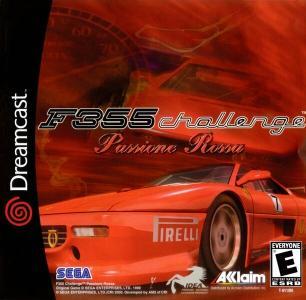
F355 Challenge: Passione Rossa
F355 Challenge is a racing simulation arcade video game based on the actual race car and Ferrari event. It was developed by the AM2 division of Sega f...
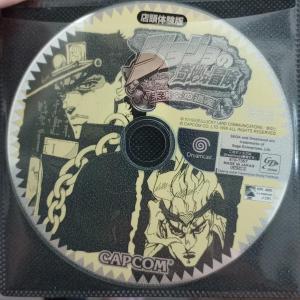
Jojo no Kimyou na Bouken Mirai e no Isan Tentou Taikenban
Demo of Jojo no Kimyou na Bouken Mirai e no Isan.
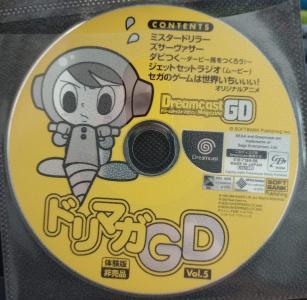
Dreamcast Magazine GD vol. 5
A demo disc that came with the Dreamcast Magazine vol. 5 in Japan.
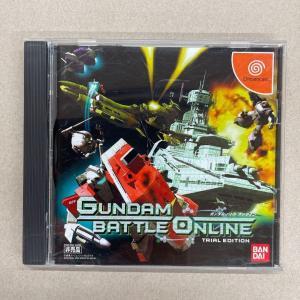
Gundam Battle Online Trial Edition
Get into a mobile suit and lead them into battle! Assemble units and fight all out wars against the enemy units! This game also allows net capability,...
![Marvel vs. Capcom: Clash of Superheroes [Misprint]](https://m1.videogamemeta.com/marvel-vs-capcom-clash-of-superheroes-misprint-sega-dreamcast-fct.jpg)
Marvel vs. Capcom: Clash of Superheroes [Misprint]
Marvel vs. Capcom: Clash of Super Heroes is the fifth Marvel Comics-licensed fighting game by Capcom and the third game in the Marvel vs. Capcom serie...